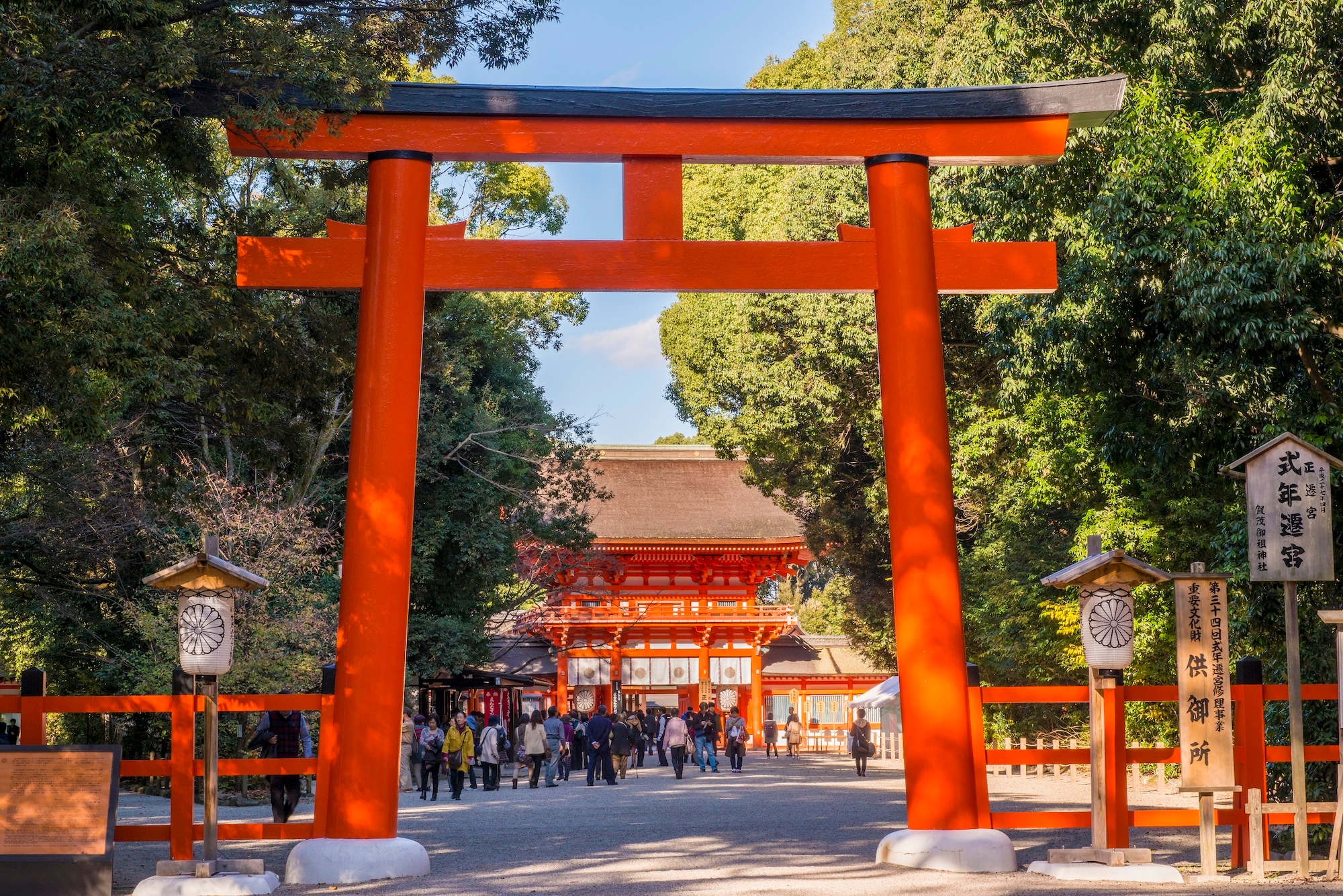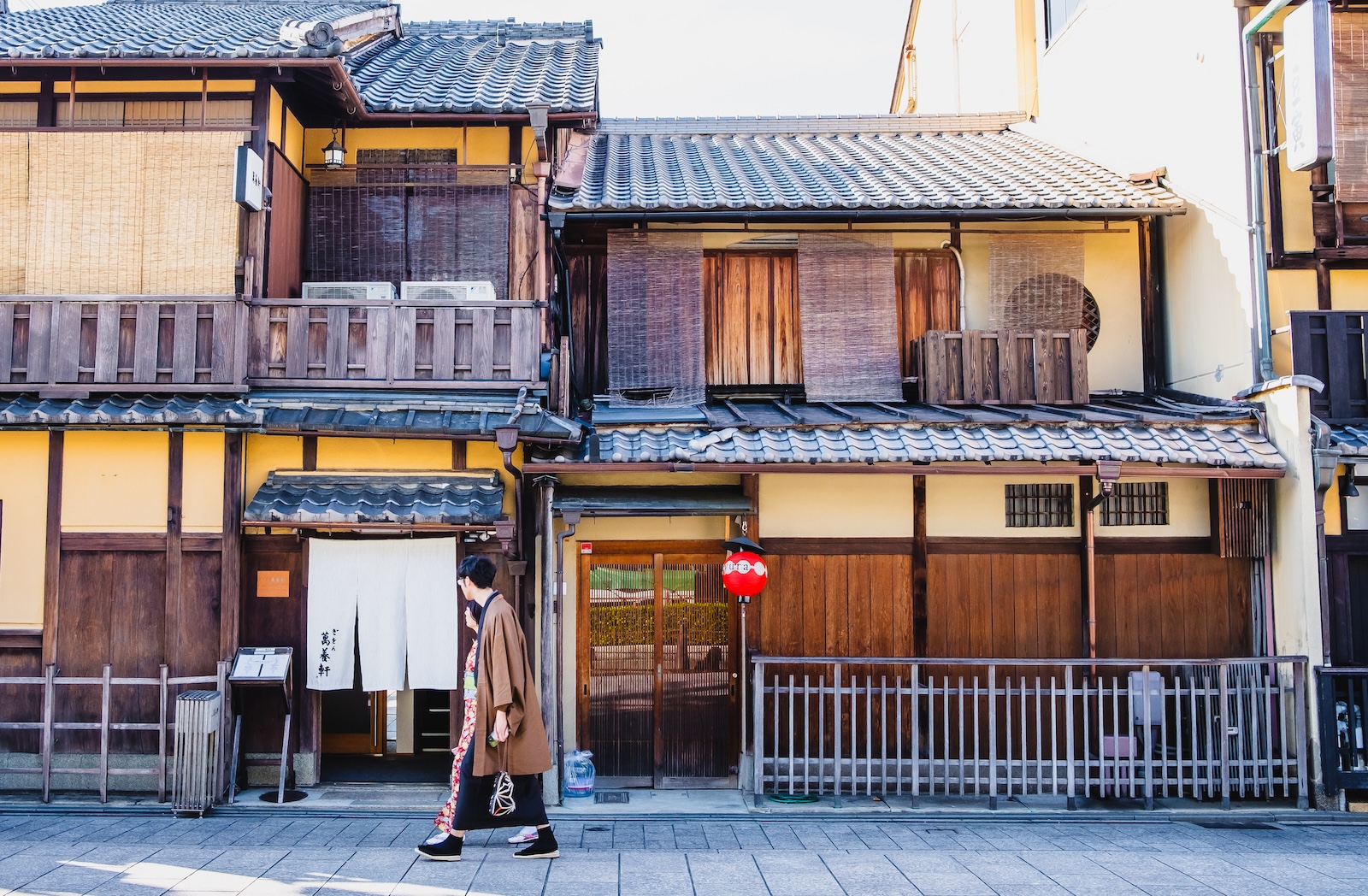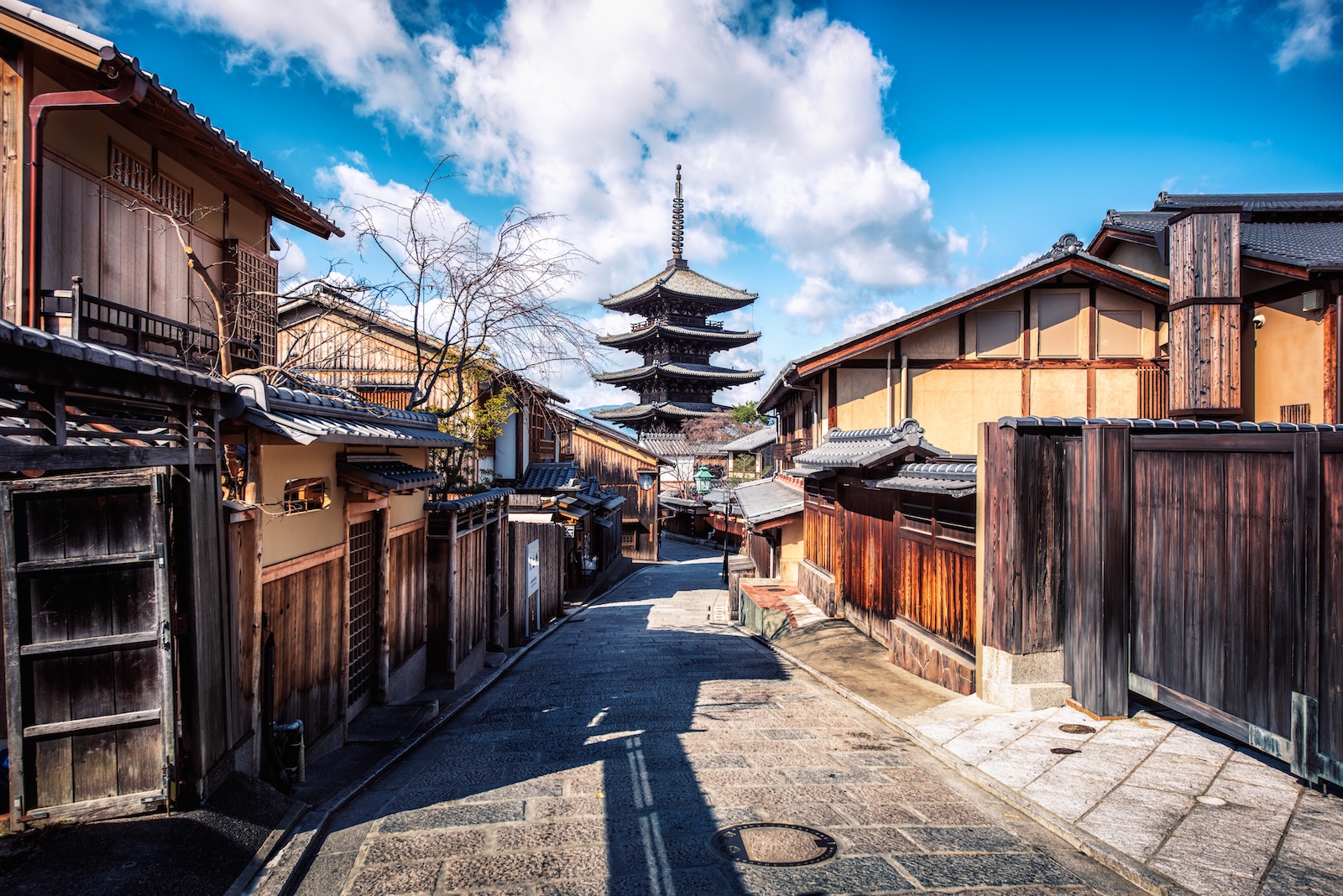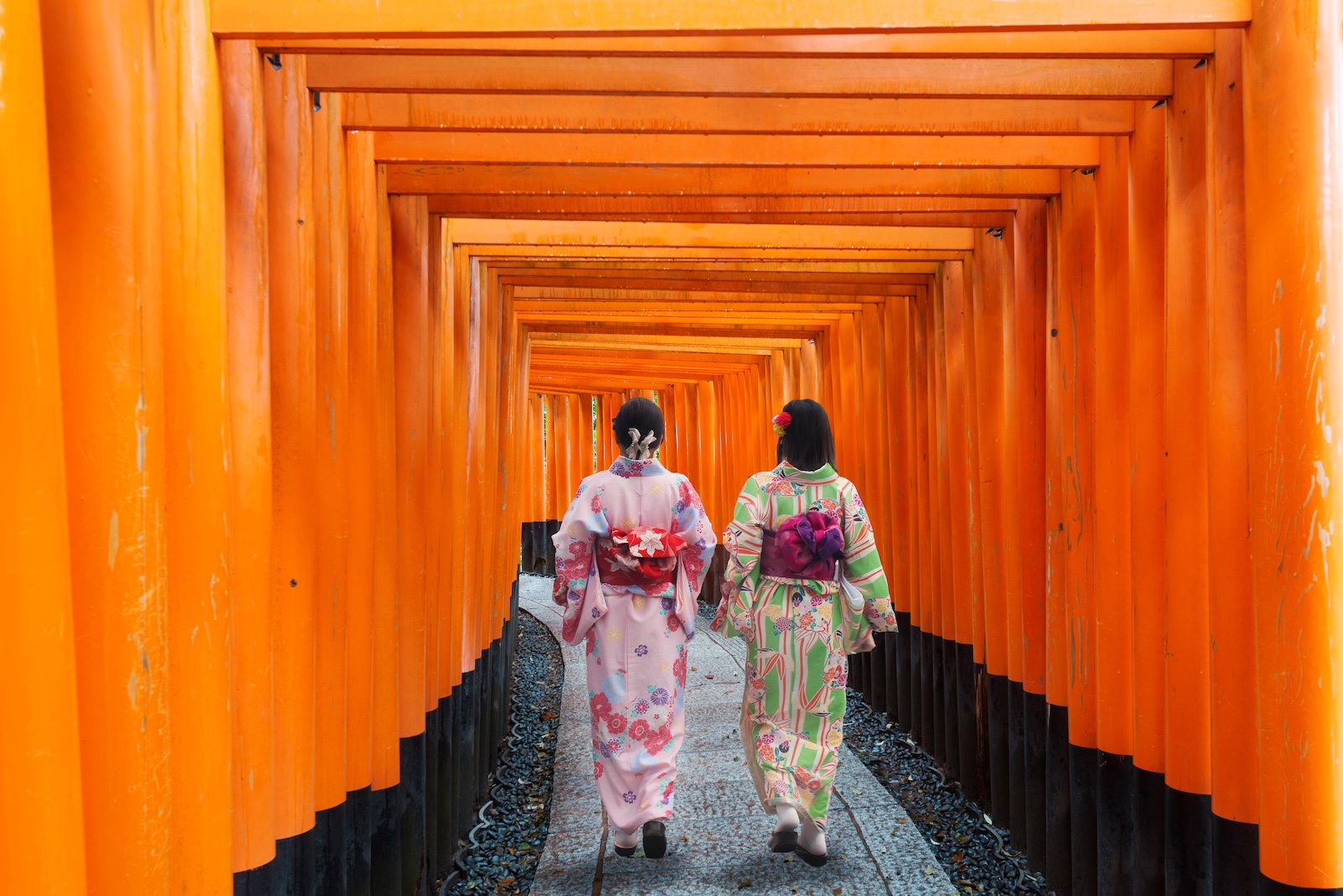Where to stay in Kyoto: a guide to the city's neighbourhoods

Kyoto, the former imperial capital of Japan, is a city steeped in history and culture. When planning your visit, choosing where to stay in Kyoto can transform your holiday. From the geisha districts of Gion to the modern conveniences of Downtown, each neighbourhood offers a unique perspective on this captivating city. This guide will help you discover the best area to stay in Kyoto based on your interests and travel style.
1. Gion
Gion is Kyoto's most famous geisha district, known for its traditional machiya houses and atmospheric streets. This historic neighbourhood appeals to travellers seeking an authentic glimpse into old Kyoto.
Top reasons to stay in Gion:
Cultural immersion
Gion offers unparalleled opportunities to experience traditional Japanese culture. You can spot geisha and maiko (apprentice geisha) hurrying to their appointments, especially along Hanami-koji Street. The district is also home to Yasaka Shrine, one of Kyoto's most important Shinto shrines, which hosts the famous Gion Matsuri festival in July.
Proximity to historic sites
Staying in Gion puts you within walking distance of numerous historic attractions. The picturesque Shirakawa Canal area, lined with willow trees and traditional tea houses, is perfect for a leisurely stroll. Nearby, you'll find Kennin-ji Temple, the oldest Zen temple in Kyoto, featuring stunning rock gardens and intricate ceiling paintings. Hotel The Celestine Kyoto Gion, which features a public bath, is just a five-minute walk away.
Traditional accommodation options
Gion offers a range of traditional places to stay, allowing you to fully immerse yourself in Kyoto's historic atmosphere. Many ryokan (traditional Japanese inns) in the area provide tatami-matted rooms, communal baths and kaiseki meals. The Shinmonzen and Furumonzen streets are particularly known for their high-end ryokan and boutique hotels.

2. Downtown Kyoto
Downtown Kyoto, centred around the bustling Kawaramachi and Shijo streets, is the city's modern commercial heart. This area is among the best places to stay in Kyoto for travellers who prioritise convenience and easy access to shopping, dining and transportation.
Top reasons to stay in Downtown Kyoto:
Central location
Staying in Downtown Kyoto puts you at the centre of the action. The area is well-connected by public transportation, with the Kawaramachi and Shijo stations serving as major hubs. From here, you can easily reach popular attractions like Nijo Castle and the Imperial Palace, as well as other neighbourhoods such as Gion and Higashiyama.
Shopping and dining options
Downtown Kyoto is a shopper's paradise, with department stores, boutiques and traditional shops lining the streets. The covered Nishiki Market, known as ‘Kyoto's Kitchen,’ offers a vibrant array of local specialities and street food. For high-end shopping, the nearby Teramachi and Shinkyogoku shopping arcades provide a mix of modern and traditional stores.
Modern amenities
This area offers a wide range of overnight options, from budget-friendly hostels such as R Star to luxury hotels. Many properties in Downtown Kyoto cater to international travellers with English-speaking staff and modern amenities. The benefit of having restaurants, convenience stores and banks nearby makes this area particularly suitable for first-time visitors to Kyoto.
3. Higashiyama
Higashiyama, located on the eastern side of Kyoto, is one of the city's best-preserved historic districts. This charming area attracts visitors interested in traditional architecture, temples and scenic walks.
Top reasons to stay in Higashiyama:
Historic atmosphere
Higashiyama's narrow lanes and wooden buildings transport you back in time to old Kyoto. The preserved merchant houses and traditional shops along Ninen-zaka and Sannen-zaka slopes create a picturesque setting. You can easily spend hours wandering these atmospheric streets, discovering hidden temples and quaint cafes before retreating to a homebase like this two-bedroom townhouse.
Proximity to major temples
Some of Kyoto's most famous temples are located in Higashiyama. Kiyomizu-dera, with its dramatic wooden terrace offering panoramic views of the city, is a must-visit. Nearby, you'll find Kodai-ji Temple, known for its beautiful Zen gardens and seasonal illuminations. The spacious grounds of Chionin Temple, which is the head temple of Japanese Buddhism’s Jodo sect, are also within walking distance.
Access to nature
Higashiyama is bordered by the Higashiyama mountains, providing easy access to nature walks and hiking trails. The Philosopher's Path, a cherry tree-lined canal path connecting Ginkaku-ji to Nanzen-ji Temple, is particularly beautiful during spring and autumn. This peaceful walk allows you to experience Kyoto's natural beauty while still being close to the city centre.

4. Arashiyama
Arashiyama, located on the western outskirts of Kyoto, is known for its natural beauty and relaxed atmosphere. This area provides a more tranquil experience away from the city centre.
Top reasons to stay in Arashiyama:
Natural scenery
Arashiyama is famous for its stunning natural landscapes. The iconic Arashiyama Bamboo Grove, with its towering green stalks, is a must-visit attraction. Nearby, the Katsura River offers scenic views, especially during cherry blossom season when you can take a traditional boat ride. The area is also home to Kameyama Park, which provides beautiful autumn foliage views.
Unique temples and gardens
While less crowded than central Kyoto, Arashiyama boasts several noteworthy temples. Tenryu-ji, a UNESCO World Heritage site, features one of the finest Zen gardens in Kyoto. Nearby, Suiran, a Luxury Collection Hotel overlooks Katsura River and has a garden of its own. The quirky Otagi Nenbutsu-ji Temple, with its 1,200 stone sculptures, offers a whimsical contrast to the more austere Zen temples.
Relaxed pace
Staying in Arashiyama allows you to experience a slower, more relaxed side of Kyoto. The area is perfect for leisurely walks and cycling, with rental bicycles readily available. You can explore the charming Saga-Toriimoto Preserved Street, lined with traditional machiya houses, or take a scenic ride on the Sagano Romantic Train, which offers stunning views of the Hozugawa River gorge.
5. Fushimi
Fushimi, located in southern Kyoto, is best known for its sake breweries and the iconic Fushimi Inari Shrine. This area appeals to travellers interested in food and drink experiences, as well as those seeking a local neighbourhood feel.
Top reasons to stay in Fushimi:
Sake culture
Fushimi is one of Japan's premier sake-producing regions, thanks to its high-quality water sources. You can visit several sake breweries in the area, such as Gekkeikan Okura Sake Museum, to learn about the brewing process and sample different varieties. The Fushimi Sake District, with its traditional buildings and canals, offers a glimpse into the area's rich brewing history.
Iconic shrine experience
The famous Fushimi Inari Shrine, with its thousands of vermilion torii gates, is the main attraction in this area. Staying nearby at a property like Kyo-machiya Stay WAKA Fushimiinari allows you to visit early in the morning or late in the evening when the crowds are thinner, providing a more serene experience. You can also explore the network of trails leading up Mount Inari, offering panoramic views of Kyoto.
Local neighbourhood atmosphere
Fushimi provides a more authentic, residential feel compared to the more touristy areas of Kyoto. You'll find local markets, small restaurants and neighbourhood shrines that give you a taste of everyday life in Kyoto. The area around Momoyama Castle, while the castle itself is a reconstruction, offers parks and walking trails popular with locals.

FAQs
What is the best time to visit Kyoto?
Kyoto is beautiful year-round, but spring (March to May) and autumn (October to November) are particularly popular due to cherry blossoms and autumn foliage. These seasons offer pleasant weather and stunning natural scenery, but also tend to be more crowded. Winter can be cold but offers a unique charm with occasional snow, while summer is hot and humid but features exciting festivals like Gion Matsuri.
How many days should you spend in Kyoto?
A minimum of three to four days is recommended to explore Kyoto's main attractions. This allows time to visit key temples and shrines, experience the historic districts and perhaps take a day trip to nearby areas like Nara or Arashiyama. If you want to delve deeper into Kyoto's culture, cuisine and lesser-known spots, consider staying for a week or longer.
Is it easy to get around Kyoto using public transportation?
Kyoto has an efficient public transportation system, including buses and subways, making it relatively easy to navigate the city. The bus network is extensive and covers most major attractions, while the subway is faster but has more limited coverage. Many visitors find a combination of public transport and walking to be the most effective way to explore Kyoto. Renting a bicycle can also be a nice option for getting around, especially in flatter areas of the city.
Are there any day trips you can take from Kyoto?
Several interesting day trips are possible from Kyoto. Nara, Japan's first permanent capital, is just an hour away and famous for its giant Buddha statue and deer park. Osaka, known for its vibrant food scene and modern architecture, is only 30 minutes by train. For nature lovers, the peaceful mountain town of Kurama offers hot springs and hiking trails. These day trips can add variety to your Kyoto experience and provide a broader perspective on the Kansai region.
Disclaimer: This post was generated with the assistance of artificial intelligence and is presented as-is for informational purposes only without warranties or guarantees of accuracy; please verify the information before making decisions.